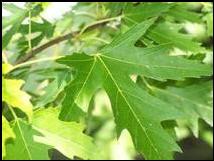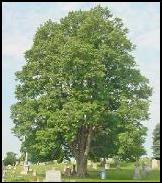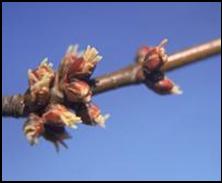






|
Simplified Tree Identification
Course Description – “Simplified Tree Identification” Approved Florida Board of professional Surveyors and Mappers – Course No. 7433 6 HR. Continuing Education Credit Instructor: David Melvin, PLS, CFM
Simplified Tree Identification is a six hour live presentation webinar on tree identification. The course is designed to address the current trend in land development regulations toward stricter protection of the environment. In order to advise and protect his clients it is imperative that today’s surveying and mapping professional be able to identify elements within nature, which trigger environmental regulation. Trees are such an element. Wetland regulation and local tree protection ordinances are just two examples of regulations that require skills in tree identification. The common sense approach to tree identification, which this course takes, makes it perfect for individuals without a technical background in botany. The information this course offers will be a great help in any surveying office and should be of particular interest to field personnel involved in data acquisition for land surveying.
Course Topics Plant Classification Systems Common Names Scientific Names Identification Characteristics Designing a Simplified Tree ID Guide Using a Simplified Tree ID Guide
Course Objectives The objective of Simplified Tree Identification is to develop skills in the attendee that will help in making surveys that require the identification of existing tree specie. The attendee will learn how to use the simplified tree identification guidelines presented in the class to identify many of Florida’s most common tree species.
Course Outline 1. Introduction 2. Plant Classification Systems 3. Using Common and Scientific Names 4. Definitions and Identification Characteristics 5. Designing Simplified Identification Guidelines 6. Using Simplified Identification Guidelines
|